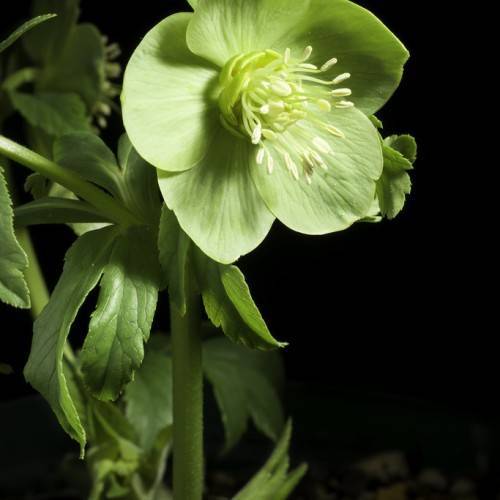
hellebore
Helleborus odorus
Cycle:
Herbaceous Perennial
Watering:
Average
Hardiness Zone:
6 - 8
Flowers:
Flowers
Sun:
Part shade,full shade
Leaf:
Yes
Growth Rate:
Low
Maintenance:
Low
Poisonous To Pets:
Yes
Drought Tolerant:
Yes
Salt Tolerant:
Yes
watering
Hellebores prefer evenly moist soils, but they are surprisingly drought tolerant once established. During the growing season (spring to summer), water regularly, allowing the soil to dry slightly between waterings. In winter, reduce watering to monthly intervals or when the soil becomes completely dry. An occasional misting during the winter months will help to keep the plant healthy. Water your hellebore at the base of the plant and avoid getting the foliage wet, as this can lead to fungal diseases.
sunlight
Hellebore plants prefer indirect and bright light, but can also thrive in some shade during the hottest hours of the day. They should generally receive between 4 and 6 hours of sunlight every day. Ideally, the hellebore should be placed in an east-facing window that gets morning sun, as this will help the plant to flower during its bloom period in the winter and spring months. In warmer climates, the hellebore plants may benefit from some additional shade during the hottest hours, especially in summer, as too much direct sunlight can scorch the leaves.
pruning
Hellebore should be pruned once a year in early spring, before the new growth begins. Prune off any dead or damaged foliage or stems, as well as any flower spikes that have already bloomed. Care should be taken to avoid cutting into the old wood, as this can harm the shrub or even kill it. The amount to prune depends on the size of the shrub, but it’s usually no more than a quarter of the total foliage and stems. This regular pruning will help to keep the hellebore vigorous and healthy, and ensure an abundance of flowers in the future.
